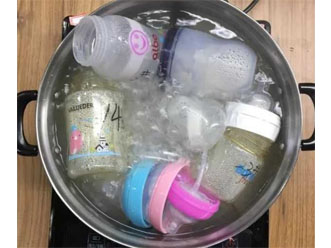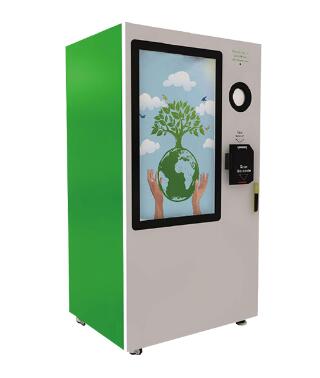Jan. 14, 2022
When you use a plastic spoon in boiling water or drink from a plastic water bottle on a hot day, you may be wondering if plastic is at risk of melting. Like all other substances, plastic has a melting point, which is the temperature at which it changes from a solid to a liquid. Different types of plastics have different melting points because they are different compounds.
Different types of plastics have different melting points. For example, PVC melts between 160 and 210 degrees Celsius (320 and 410 degrees Fahrenheit). This means that water must be in this temperature range to melt PVC.
About melting points
The temperature at which the solid and liquid forms of a pure substance can exist in equilibrium is called its melting point. For example, when a piece of plastic is heated, its temperature rises until it reaches its melting point. At this point, the additional heat converts the plastic into a liquid without changing the temperature. Once the entire piece of plastic has melted (i.e., is completely liquid), any further increase in temperature raises the temperature of the liquid.

Melting point of plastics
If the melting point of a plastic is above 100 degrees Celsius (212 degrees Fahrenheit), water appears as a vapor because evaporation occurs. Gas molecules leave the liquid to enter the gas phase.
The chemical composition of the plastic determines its melting point. For example, PVC melts between 160 and 210 degrees Celsius (320 and 410 degrees Fahrenheit). Different types of HDPE have melting points in the range of 210 to 270 degrees Celsius (410 to 518 degrees Fahrenheit). Different types of polypropylene melt between 200 and 280 degrees Celsius (392 and 536 degrees Fahrenheit). If the plastic is impure due to the presence of other compounds, it will have a lower melting point.
Reusing plastic bottles
Exposure to moderately high temperatures may not melt your plastic water bottle, but it can still pose a health risk. The "chase arrow" symbol you see on plastic bottles provides the information you need to ensure safety. For example, PET (polyethylene terephthalate, found in most water bottles) has a symbol with the number 1 inside. reusing PET bottles increases the risk of leaching carcinogens, so they are intended for single-use applications. number 1 plastic should be recycled but not reused. On the other hand, HDPE plastics (high-density polyethylene, commonly used in toys, plastic bags, milk jugs, detergent and oil bottles) with the number 2 symbol are both recyclable and reusable. 2 plastics do not decompose when exposed to sunlight or extreme temperatures.
